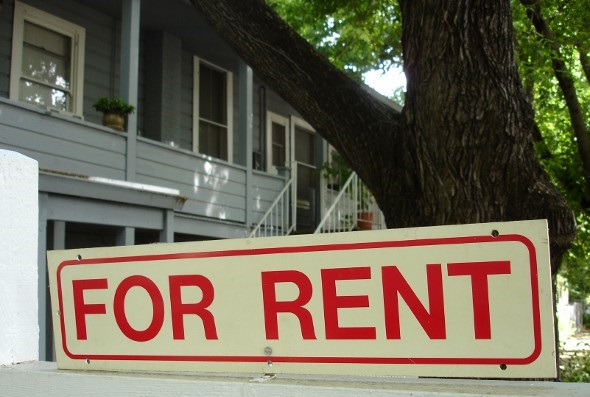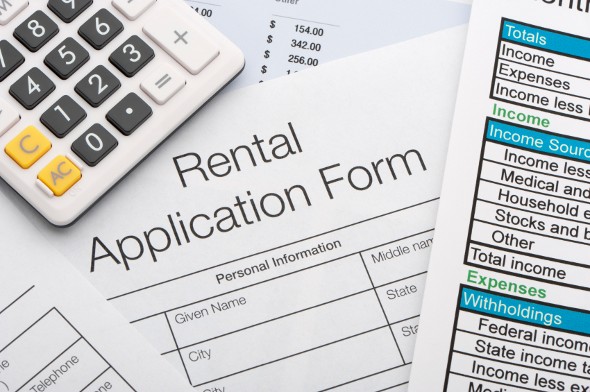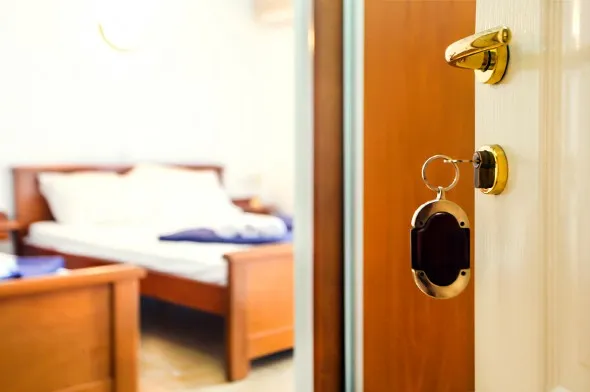Many Americans are wrestling with the decision of whether to rent or buy. But what do you do if your lack of savings puts buying out of reach? You continue renting, but you’re vulnerable to rising average rents, which crossed $2,000 per month nationwide in June 2022 for the first time. The average rent in the US is high enough to make housing unaffordable for some. Here’s what you should know about average rents. If you’re looking to buy a house you may want to work with a financial advisor to help get your finances in order and build the wealth needed to do so.
The Average Rent and How it Varies
The average rent for a studio apartment is $1,092 and the average rent for a one-bedroom apartment is $1,129 per month. The average rent for a two-bedroom apartment is $1,295 and for a three-bedroom apartment, the average rent is $1,509.
Those numbers are from Statista. As with every nationwide statistic, these average rents obscure a lot of regional variation as the rent in New York City is going to be very different from the rent figures in a small town in Wyoming. Since the pandemic, rental costs across the country have been on the rise as the housing industry has struggled to keep up with the living demands of citizens.
The Story Behind the Rise in Average Rents

If you own an investment property and collect rent from your tenants you might be pleased by this trend of increasing rents, but if you’re a renter yourself you might be feeling the squeeze. According to Harvard’s Joint Center for Housing Studies (JCHS), the share of American households that rent is at a 20-year high. Sure, some of these people have high incomes and simply prefer to rent or downsized out of single-family homes, but most renters are low- or middle-income.
Demographic groups such as young families used to trend toward homeownership but are now renting their housing for longer, either because they can’t afford to make the leap to homeownership or because they like the flexibility of renting in an uncertain job market. This means that the demand for rental housing is high. If you think back to the economics class you took in high school or college you’ll remember that when demand outpaces supply, prices tend to rise. That’s what’s happening in the US these days.
How are real estate developers responding to the rising demand? Most new rental housing in the US comes from the conversion of owner-occupied single-family homes into rental properties. Real estate giants bought up foreclosures and other inexpensive properties in the wake of the financial crisis and are reaping the rewards in the rental market. Multifamily construction is also on the rise, though much of this caters to the luxury market in big cities.
States With the Highest Average Rent
Since the data for average rental rates vary so much, it can be important to understand where the highest rents are being recorded. This can help you if you’re trying to find a location on the lower part of the rental scale, which can help you save more money to eventually buy a house. Here are the ten states (including D.C.) with the highest average rental rates, as provided by the World Population Review:
- Hawaii: $2,399
- California: $1,884
- District of Columbia: $1,770
- New Jersey: $1,679
- Florida: $1,661
- New York: $1,659
- Maryland: $1,647
- Massachusetts: $1,645
- New Hampshire: $1,586
- Colorado: $1,534
On the reverse side of the list, North Dakota comes in as the state with the lowest overall average rent at $826 per month.
The Bottom Line

A study by Enterprise Community Partners and the Harvard JCHS estimates that by 2025 the number of households spending 50% or more of their income on rent (also known as the severely cost-burdened) will rise at least 11%, from 11.8 million to 13.1 million. No one can say for certain how long the upward trend in rental costs will last, so in the meantime, it’s a landlord’s market. If you’re still on the rental side of the equation, taking on a side hustle, increasing your skills and getting a roommate are all ways to lessen the burden of rent on your personal budget.
Tips for Buying a Home
- As you’re looking to potentially buy a home in the future, you may want to work with a professional to help get your finances in order to help grow your down payment savings. A financial advisor can manage your money or advise you on big financial decisions. Finding the right financial advisor doesn’t have to be hard. SmartAsset’s free tool matches you with up to three vetted financial advisors who serve your area, and you can interview your advisor matches at no cost to decide which one is right for you. If you’re ready to find an advisor who can help you achieve your financial goals, get started now.
- Nearly everyone will need to take out a mortgage when they buy a home, especially their first house. You can use SmartAsset’s free mortgage calculator to estimate potential payments and prepare yourself for what is to come.
Photo credit: ©iStock.com/GoodLifeStudio, ©iStock.com/ejs9, ©iStock.com/Courtney Keating
